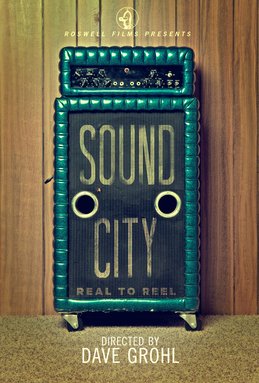Perfect pitch isn't a myth but notes on the piano aren't' all the notes to sing. There's tones and vibrations created by bending, easing into, blending, breaking, screaming, a-tonal 2nds, 6ths, and dissonance. Can you sing on pitch? Do you want too?
 |
| Haaaaaaaaaaaaa-llelujah! |
What is placement? When you exhale you can do so through your nose or through your mouth. But you can also breathe with and through your entire body. Your eyes have ducts, your pores let out oxygen. Ever sing a note that vibrates your teeth, or rumbles your stomach? Know that feeling? Ever thought about it? Know what raising your upper palate entails? Know what you sound like when you move the sound around in your head?
Tip #1: Record yourself singing a note and then alter its sound by yawning the note, or singing through your teeth, or opening your mouth wider, or pushing more air behind it, or lightening it. See what it sounds like. Sing a few lines of your song and apply these variables. How does it change your tone?
Okay, enough with the chalk talk. A good voice is appealing to the ears. It sounds "pretty" or "smooth" or "dark", or "gritty" or "nasty". As a listener, I want the voice to be on pitch or close enough that it doesn't distract from the song. And if it bends, or breaks or cracks, I hope that it does so in an emotional way and not a contrived way. Nothing drives me out of a room quicker, or pushes fast-forward faster than a singer that is constantly off pitch or a singer that uses affectations or contrives their voice.
 |
| Nice teeth, but does it sound good? |
EX: I know an artist who sings constantly flat, or under the pitch, as part of their style. It hurts me to listen to. There is style in bending into a pitch, but when you're constantly underneath a pitch in order to slowly, sometimes not even making it, bend into the pitch, it drives me crazy. Same goes if you're always sharp, or over the pitch. This often happens when a singer is pushing too hard with their voice. You push past the pitch.
Then there's "affecting" your voice. The speaking voice is very telling to what a singer might sound like. If you speak "normally", in your regular voice, and then start singing and it sounds like baby talk, I find that to be very distracting. I ask myself, "Why are they doing that?", "What would they sound like if they didn't do that?"
In recording vocals, the goal is to get the best tone and sound from a singer.
1. Make them comfortable, sure. "Tea with lemon?"
2. Find the right mic for their voice, of course.
3. Make a clear headphone mix so the singer can hear the band or performance in a way that makes them feel good and want to sing the song well, absolutely.
4. Reverb, Compression, Delay? Whatever you want!
But there is a whole other world of singing that comes into play in the studio. Just the mere mention of studio, or recording, can send a singer into a head-spin. "What are the words?, When do I come in? What's my voice going to sound like?" STOP! I always tell a singer to sing to me the first word with the first pitch to get them ready for just that. The first word on pitch. It also serves as a focus to keep from the distractions of thought aforementioned.
 |
| Optima Tuner app |
Tip #2: Almost everybody has a smartphone these days. And if you don't and you're a singer, buy a tuner. There are lots of apps, you can buy or are free for your phone, to tune your instrument. Tuners also work well for singing on pitch. Find a note, sing it, and see where you are in the frequency spectrum. When you sing D, is it on pitch, just under, just over? Is it always just under or just over? What does it feel like to sing right on the pitch?
The best way to sing is to know the pitch, be able to sing the pitch, and then you can devalue the pitch according to your performance. The singers best tool is, in my opinion, performance. Singing in tune with the song will make you even better for yourself and your listener. Being able to perform and be in control of your pitch, then you are, well… Freddie Mercury!

















